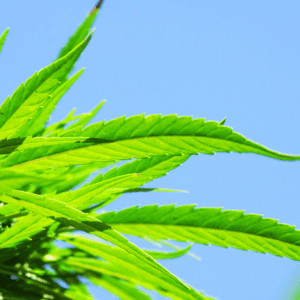WHO Supports Cannabis Research for Medicinal Use

Over the years, several prominent national health organizations have championed the cause of medical cannabis research, recognizing its potential therapeutic benefits and advocating for informed policy changes. Here’s a closer look at their contributions:
American Cancer Society (ACS)
Since the 1990s, the ACS has been a vocal supporter of medical cannabis research. Notably, the ACS endorsed California’s Senate Bill 535 in 1997, which allocated funds for research at the University of California to explore cannabis’ efficacy in treating conditions like AIDS-related wasting syndrome, glaucoma, and cancer. Despite refraining from taking an official stance on cannabis legislation, the ACS continues to promote evidence-based research into cannabis as a potential treatment option.
American Nurses Association (ANA)
In a landmark resolution in June 2003, the ANA affirmed its support for patients’ access to medical cannabis under appropriate medical supervision.. This evolution reflects a growing acceptance and integration of medical cannabis into nursing practice.
American Osteopathic Association (AOA)
Embracing a holistic approach to healthcare, the AOA has advocated for well-controlled clinical studies on marijuana and related cannabinoids since 2011. It has consistently supported reevaluating cannabis’ federal classification to facilitate broader research opportunities.
Health Canada
Comparable to the FDA in the U.S., Health Canada has been pivotal in overseeing Canada’s medical cannabis industry since its early stages. It has supported the therapeutic use of cannabis, emphasizing its equivalence to other medicinal plants like morphine and aspirin.
National Academy of Sciences Institute of Medicine (IOM)
The IOM has contributed crucial scientific insights into cannabis’ medicinal potential. In its seminal report, “Marijuana as Medicine: Assessing the Science Base” (1999), the IOM highlighted THC’s therapeutic value for pain relief, nausea control, and appetite stimulation.











